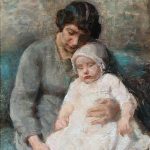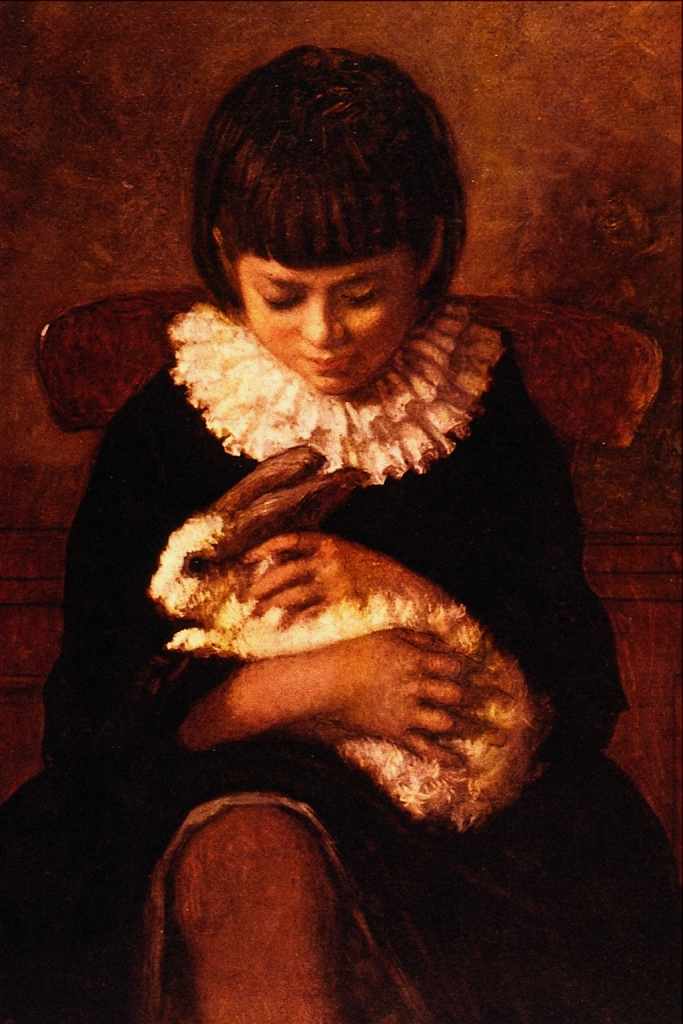
Eastman Johnson (1824-1906) was an American painter known for his contributions to 19th-century American art, particularly in the realm of genre painting and portraiture. He was born in Lovell, Maine, and displayed an early talent for drawing. He later trained at the Düsseldorf Academy in Germany and studied under renowned artists like Emanuel Leutze.
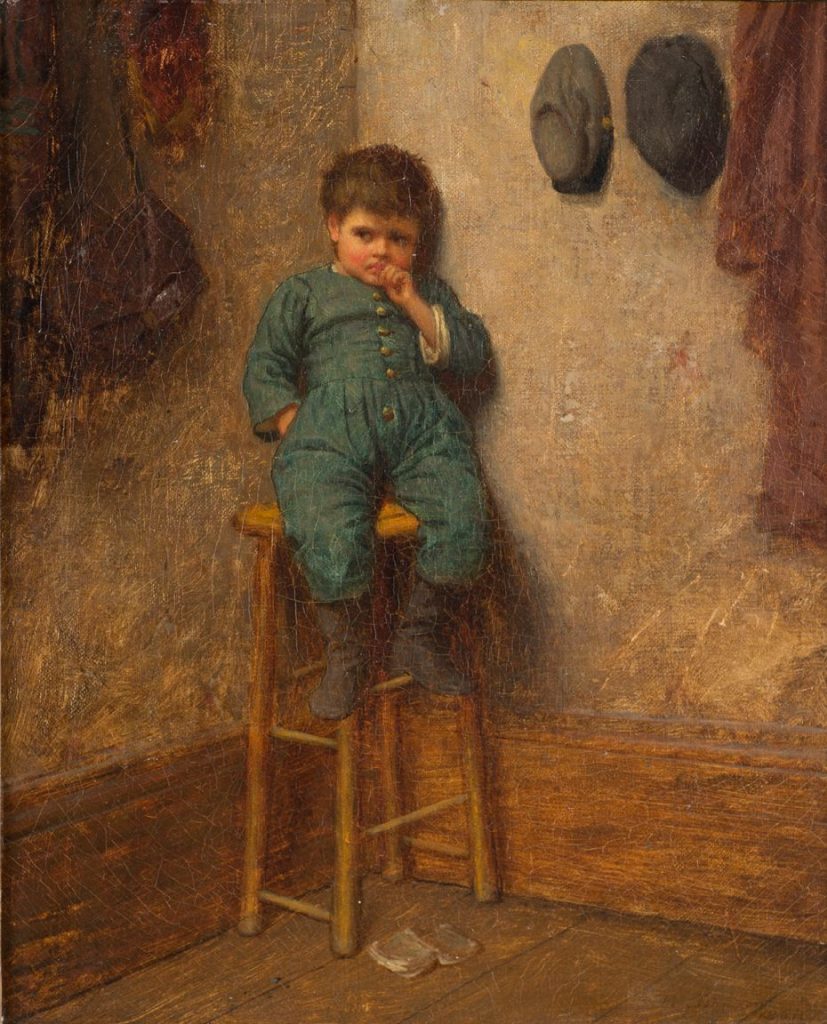
Here are some key points about Eastman Johnson and his artistic career:
- Genre and Narrative Painting: Johnson was known for his genre paintings, which depicted scenes from everyday life in 19th-century America. He had a keen eye for capturing the nuances of daily existence, often focusing on rural and domestic settings. His works often told a story or conveyed a strong sense of narrative.
- Portraiture: While Johnson gained recognition as a genre painter, he was also a skilled portraitist. His portraits captured the character and personality of his sitters, making them highly regarded in their own right. Some of his notable portrait subjects included Abraham Lincoln, Ulysses S. Grant, and Ralph Waldo Emerson.
- Founding the Metropolitan Museum of Art: Eastman Johnson was one of the founding members of the Metropolitan Museum of Art in New York City. He played an instrumental role in the early development of the museum, which has since become one of the most prominent art institutions in the United States.
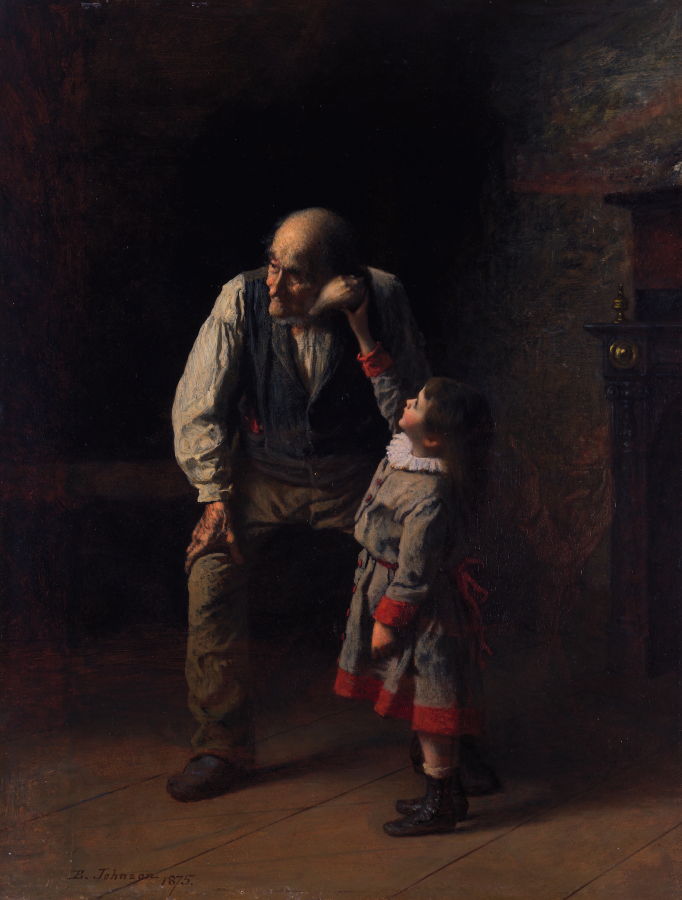
- Influences and Style: Johnson’s artistic style was influenced by his training in Europe, particularly in Düsseldorf. He combined elements of American and European art, creating works that were both realistic and emotionally resonant. His paintings often featured rich, detailed textures and a warm palette.
- Popular Works: Some of Eastman Johnson’s well-known paintings include “The Tramp” (1871), “Negro Life at the South” (1859), “The Old Stagecoach” (1871), and “The Cranberry Harvest, Island of Nantucket” (1880).
- Later Life: In his later years, Johnson continued to paint and teach art. He lived in New York City and maintained a studio there, where he produced many of his later works.
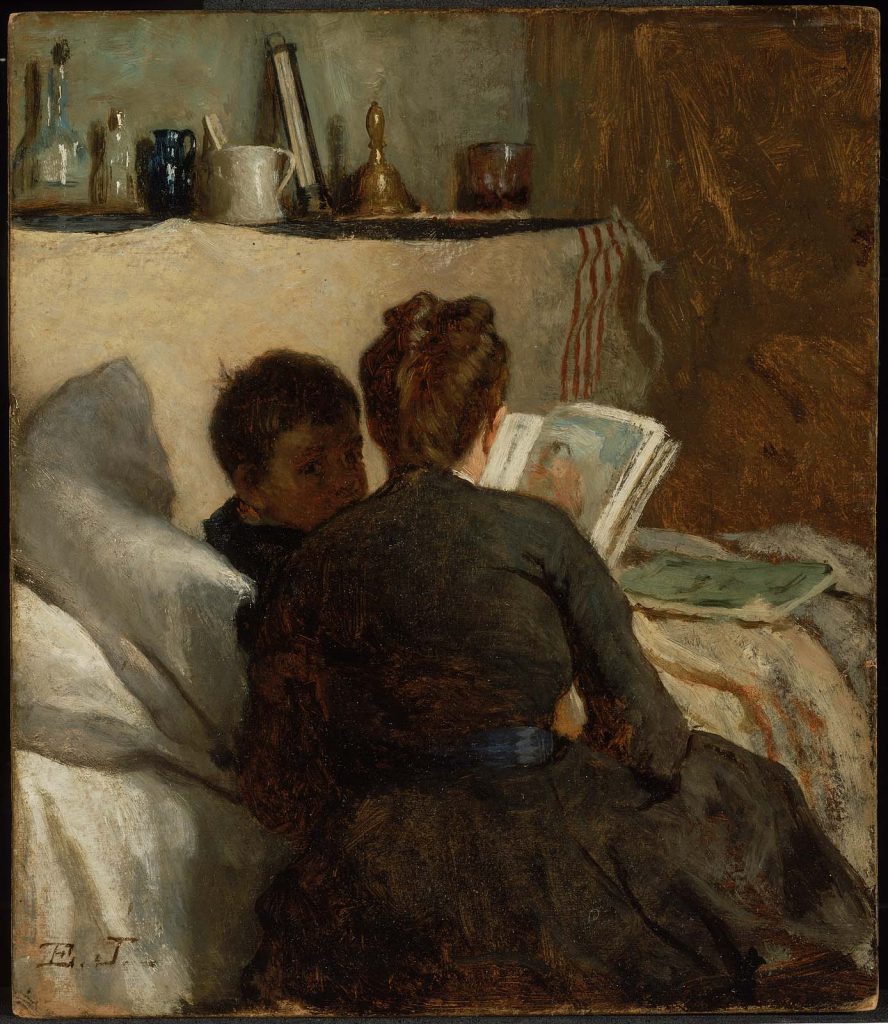
Eastman Johnson’s contributions to American art are significant, as he captured the essence of 19th-century American life through his genre paintings and portrayed prominent figures of his time through his portraits. His involvement in the founding of the Metropolitan Museum of Art further cemented his legacy in the art world.




